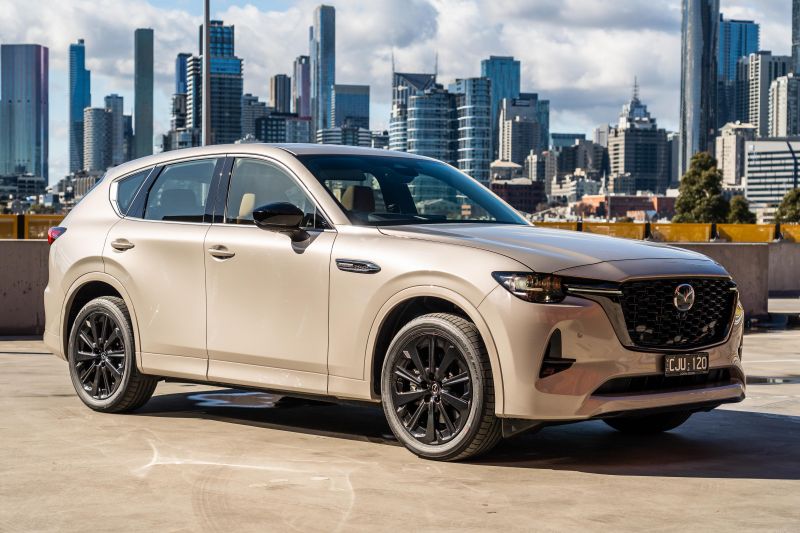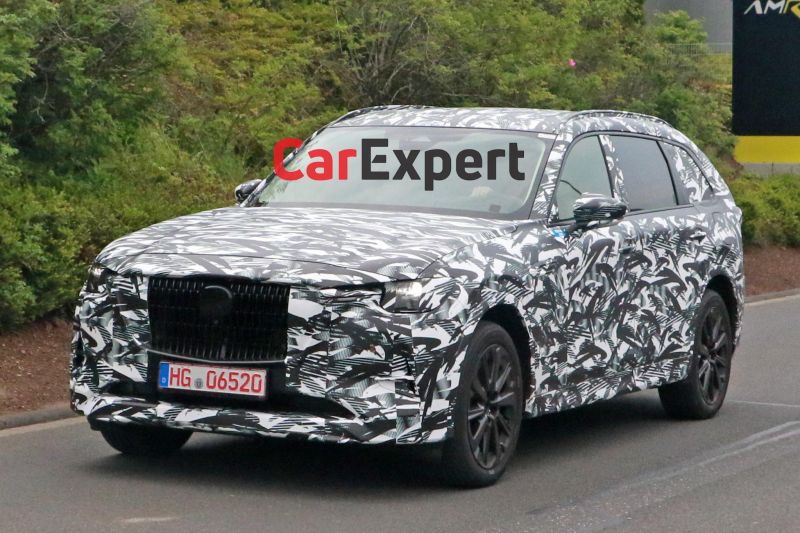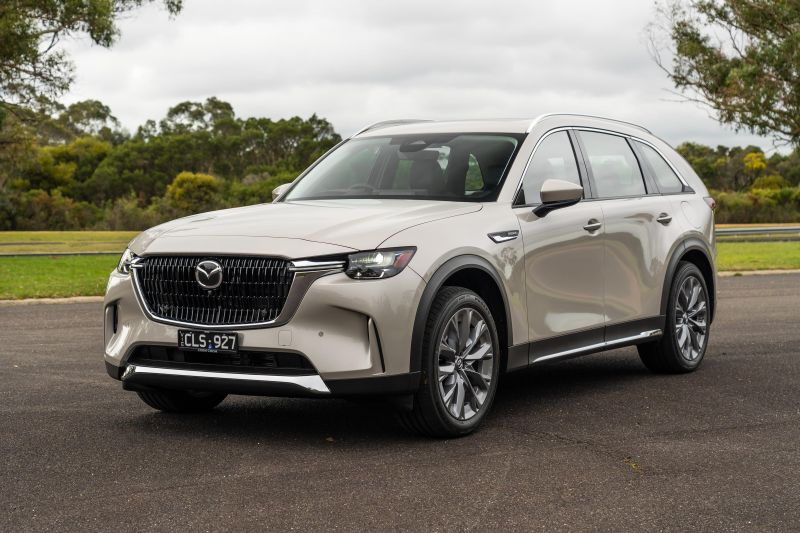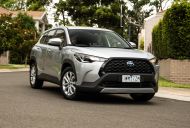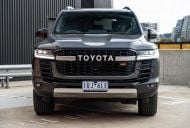Mazda has discontinued two of its SUVs in Australia, and yet it’s still going to be up two SUV models overall – and there’s a reason for that.
Naturally, rising SUV demand plays a significant part, as does Australia’s status as a major Mazda market. But Mazda also says it sees clear differentiation between the four new ‘Large Product Group’ SUVs, enough so to bring all four vehicles here.
That’s despite the two-row CX-60 and three-row CX-80 having been developed for markets like Europe and Japan, and the two-row CX-70 and three-row CX-90 developed for North America.
That’s also despite the fact the CX-70 is essentially a two-row CX-90, sharing the same wheelbase and differentiated primarily by less exterior brightwork and a handful of new features – as well as the absence of two extra seats in the back.
“Of course there is going to be a little bit of an overlap, but we’ve got confidence from our experience that consumers are not going to come to the showroom and say, ‘You’ve got too many to offer, I’m confused, what are you doing?'” Mazda Australia managing director Vinesh Bhindi told CarExpert.
“In fact they appreciate the fact that we’re giving them choice.”
Mazda Australia also notes that two-row SUV buyers and three-row SUV buyers are typically different, with little crossover between the two.
The company says its customers do their research, and many may climb the ladder to larger, more expensive models.
Mazda Australia foresees the CX-60 and CX-80 as being the volume players, while the wider CX-70 and CX-90 – the lattermost of which is already on sale – will be more niche players that will serve as flagships of Mazda’s two-row and three-row SUV lineups respectively.
“Highly unlikely [the CX-70 outsells the CX-60], but if there is that opportunity we’ll grab it. CX-70 is I think more of a niche offering compared to say a CX-60, but still an opportunity for us,” said Mr Bhindi.
These new models sit on top of the existing, volume-selling CX-3, CX-30 and CX-5. A direct replacement for the CX-5 is coming, even though global production of its stretched, three-row CX-8 sibling has ended.
CX-70 and CX-80 launch timing has yet to be confirmed for Australia, but the end result will be the most expansive SUV lineup Mazda has ever had.
“Mazda Corporation at a global level as an OEM is really small, and it’s probably one of the last ones that’s independent, so there’s no one else sitting by and dictating,” said Mr Bhindi.
“What this offers is this nimbleness in producing niche, small runs, uniqueness.
“And Mazda Australia is probably exploiting that to its competitive edge, because we can go to the factory – when you look at the CX-70, the right-hand drive version is really only built for us and yes, some other smaller markets will get the benefit of it, but it’s really only done for us.
“Because [Mazda is] small and nimble, and have the ability and appetite to do small runs and have the supplier base, and have the manufacturing flexibility as opposed to the bigger corporations who’ll say ‘I’ve got bigger fish to fry’.”
As another example, Australia is the key market for which Mazda has developed diesel versions of the CX-70 and CX-90, which won’t be offered in North America.
MORE: 2025 Mazda CX-70 revealed as yet another six-cylinder SUV for Australia

